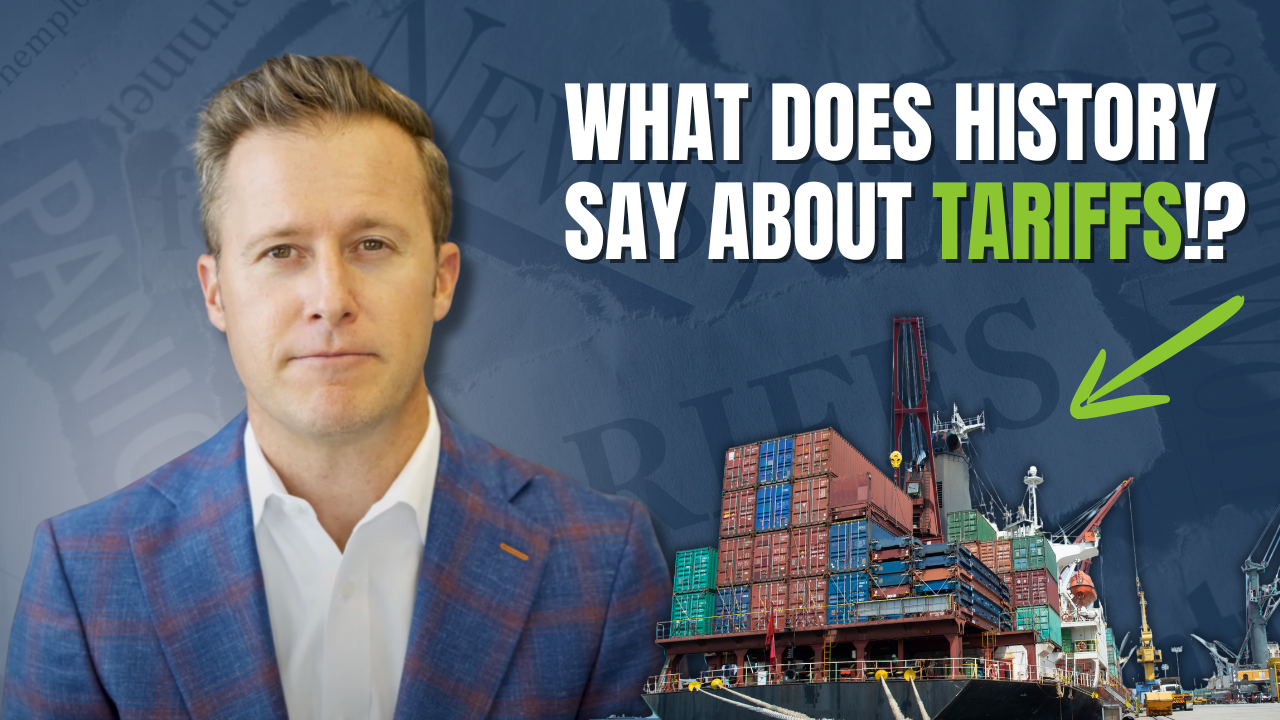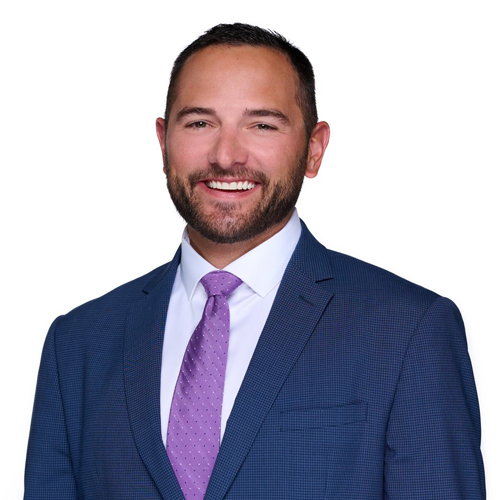Let me tell you a quick story. In 1930, two U.S. lawmakers, Senator Smoot and Representative Hawley, pushed through a massive tariff package to protect American jobs. Over 20,000 imported goods were taxed, and within months, the global trade collapsed. Other countries retaliated, and instead of protecting jobs, the Smoot-Hawley Tariff Act helped turn a recession into a Great Depression. That wasn’t just economic theory, it was economic carnage. And for investors, it was a lesson in how bad policy can override good fundamentals.
Now tariffs are back in the headlines today, from tech sanctions to tariffs on EVs and solar panels, and the tone has shifted from global cooperation to strategic decoupling, especially between the U.S. and China. But here’s the thing, this isn’t new. And if we’re going to understand what tariffs mean for markets and portfolios, we really need to look back before we look forward. Because tariffs aren’t just taxes on trade, they’re signals of strategic tension. And markets don’t like tension. Hi, I’m Ken Hargreaves, president of WealthGen Advisors, and today I’d like to share some perspective on how tariffs can impact products, prices, and stocks. So let’s rewind. We’ve been here before. Let’s go all the way back to 1963, to the chicken tariff war.
This was a dispute over U.S. chicken exports into Europe. That led to a retaliatory 25% tariffs on Volkswagen buses and other light trucks done by the U.S. Now that one small action ended up reshaping the American auto industry for decades. In fact, the chicken tax is one reason SUVs dominate U.S. roads today. Foreign competitors were priced out, but average annualized returns for the five years, 8.4% per year. Let’s go to 1981, Japanese auto quotas. The Reagan administration, under pressure from Detroit, didn’t use tariffs, but they negotiated voluntary export restraints with Japan. The result, Japanese automakers moved production to the U.S. built local plants, and eventually dominated the market anyway. Short-term protection, long-term consequence. Average annual return, approximately 18.5% per year.
Let’s move forward a year to 1982. Canada’s southward lumber. A find over subsidies led to decades of US-Canada trade tension. Investors in home builders and construction got caught in the crosshairs. Prices fluctuated wildly depending on which way the trade winds blew. Average annual returns for five years, approximately 26.3% per year. Fast forward just a few more years, 1985, the pasta war. US slapped tariffs on European pasta. The EU retaliated with tariffs on American lemons and walnuts. And for average investors and exporters, it was a classic lose-lose. However, 16% average annual return. Fast forward to 2002, Bush steel tariffs. The US imposed tariffs on up to 30% of steel imports. Stock markets dipped, consumer goods producers sought higher input costs, and after a year and a half, the tariffs were repealed.
So what does this mean for us today? Tariffs rarely achieve their political goals without economic collateral damage. They raise costs, shift supply chains, and create long-term uncertainty for investors. As an investment manager, I don’t just look at what tariffs are imposed. I look at why. Is it strategic, like the current US-China chip restriction? Is it political, like election year pressure or automakers on agriculture? Is it temporary or retaliatory and part of larger negotiations? For portfolios, the key is to understanding exposure. Companies that rely heavily on global supply chains, especially in commodities or semiconductors, are particularly vulnerable. Domestic producers may benefit in the short term, but not always in the long run. Investors should watch for shifts in trade patterns, especially moves towards on-shoring or near-shoring. Would you like to learn more? Click the link below and let’s chat.





